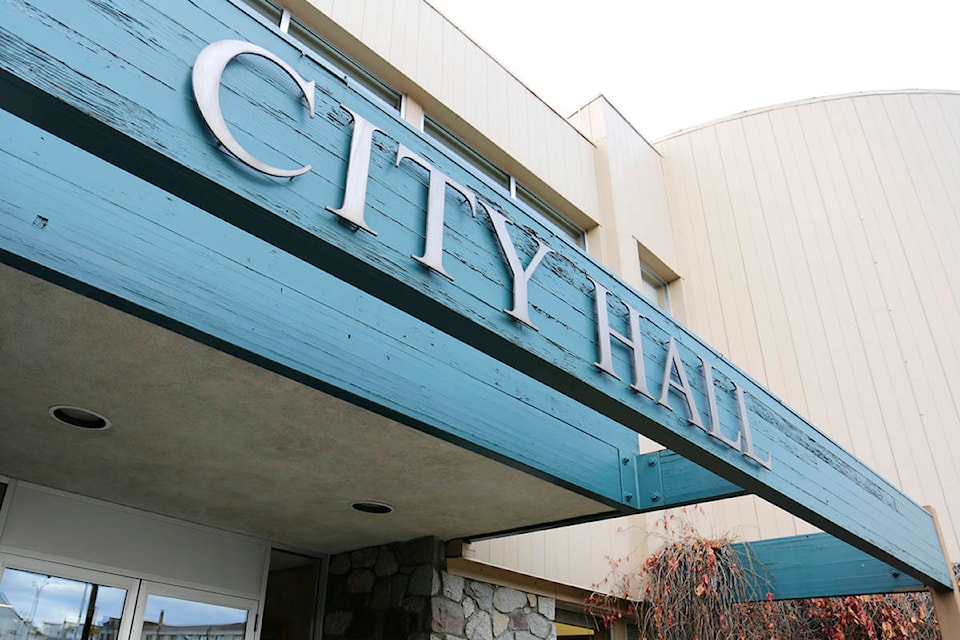Whitehorse City Council is in the middle of pondering a request by local development corporations that want to build a new waterfront hotel and condo buildings on Front Street.
The company — owned by two First Nations’ development corporations — is asking that the height limit be raised for the buildings that are slated for construction on two plots of land.
Council is likely to meet some resistance if it grants this request. Yukoners are always reluctant to do anything that could reduce the view of the river or tamper with the “feel” of the waterfront.
Similar sentiment was expressed over plans to build Mah’s Point downtown and it isn’t directly next to the water.
Despite whatever kerfuffle may come, council should grant this latest request. It should be part of a larger conversation about more density in the city.
Taller buildings will help the city combat the current housing crisis. Instead of just spreading out further as population increases, Whitehorse needs to remember to also grow up.
Let’s get the facts in order first. The development corporations are not asking to build a 12-storey skyscraper that will loom over the river.
The company wants multiple buildings on two parcels of land including a five-storey hotel development and mixed-use residential/commercial buildings. It originally wanted the building height raised to 20 metres, up from either 15 or 12.5 metres depending on which section of the plans were being discussed.
City staff have now suggested a middle ground. One lot could have that 20-metre limit while the other would be set at 15 metres, staff propose.
One amendment proposed by city staff would ensure that if the higher building is constructed it must be primarily a hotel development.
Allowing builders to go higher when it comes to residential buildings also makes sense. The city needs to find a way to encourage more units per square foot of land.
Sprawl is pricy. Densification is important.
Downtown costs considerably less to maintain public services and infrastructure. Every time property taxes go up, Whitehorse city officials point to the cost to maintain roads, pipes and other infrastructure. If the city continues to sprawl, it’s going to need more infrastructure, meaning more roads and pipes to maintain. And with that it’s going to need more taxes to cover those costs.
We need more housing on the market and building taller buildings allows for more living space without expanding the size of a building’s footprint.
If buildings are allowed to get taller, the taxes the city could collect also go up.
South of the border, the publication CityLab looked at the cost of sprawl to large American cities.
According to people it spoke with, in Raleigh, N.C. for instance, it would take 600 single-family homes on a 150-acre subdivision to equal the tax base of the 30-storey building downtown.
In Sarasota, Fla., CityLab reports, taxes from a downtown 357-unit multi-family complex on a 3.4-acre site would pay off its infrastructure in three years. A hypothetical suburban subdivision on a 30-acre site will take 42 years to pay off.
Both of those communities are substantially larger than Whitehorse but the principle is the same. Whitehorse needs to look at how much use it can get out of space, not how much space it can use up.
Residents who support the waterfront hotel are right: having a new hotel in town is likely to help the the tourism industry but not if all of those hotel rooms are filled with government employees who can’t find a home to rent.
Employees of the Yukon’s new continuing care facility are already being offered hotel rooms as a place to stay while they try to manage the market.
Whitehorse councillors and wannabe councillors who hope to get your vote on Oct. 18 are very fond of talking about the need for housing. Almost every article written announcing that someone is running in the election includes a quote or two about how much they care about housing.
Every person on the ballot on election day should have concrete answers for how they propose to help get more housing in Whitehorse.
Officials could work harder on making more land available or sell that land below market rate to encourage the creation of affordable rentals. Or they could recognize the need to allow buildings to get taller.
The next council will be responsible for updating the city’s official community plan. As part of that conversation, elected officials need to talk about densification.
No one is suggesting that the City of Whitehorse suddenly become a concrete jungle with towering skyscrapers.
But if we don’t go up a little, we’ll never move forward at all.
(AJ)
